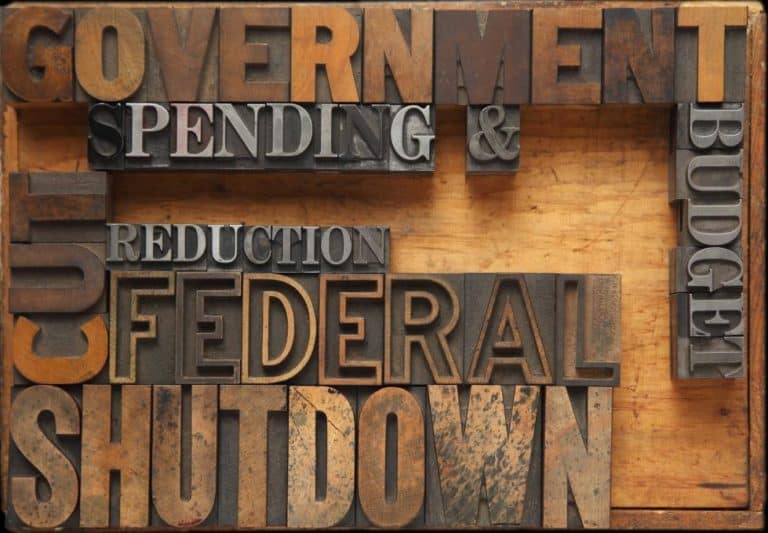Congress Passes Historic Defense Package — But What’s in It for Veterans?
The numbers are staggering: $157 billion in combined funding for defense and VA programs just cleared Congress in a rare show of bipartisan agreement.
But let’s cut through the political noise — because for disabled veterans, the real question is:
What does this actually do for you?
Spoiler: Potentially a lot. But only if you know where to look.
What’s in the Package?
The new budget bill — passed in early July — includes major defense investments, but more importantly, a significant chunk is allocated to improve veteran services through the Department of Veterans Affairs (VA).
Key earmarks include:
- Additional hiring for VA healthcare staff (especially in mental health and disability support)
- Expansion of Community Care and telehealth programs
- Boosted funding for PACT Act-related toxic exposure claims
- Upgrades to claims processing technology to cut down backlog times
- Increased support for Veterans Benefits Administration (VBA) to speed up disability claims
Source: Military.com – Congressional Defense & VA Funding Breakdown
What Could This Mean for Disabled Veterans?
For those dealing with the day-to-day challenges of disability — from processing delays to long clinic wait times — this bill has the potential to deliver real improvements.
Here’s what could shift in your favor:
- Faster Claims Approvals: Increased VBA resources mean your disability claim may move faster — potentially cutting wait times by weeks.
- More Local Care Access: Expanded Community Care means less red tape when getting referred to private providers.
- Mental Health Reinforcements: Hiring boosts are expected in suicide prevention, PTSD treatment, and rural outreach programs.
- PACT Act Rollout Support: For those with exposure-related conditions, this funding backs the continued expansion of eligibility and treatment.
But Here’s the Fine Print …
While the funding has passed, implementation takes time — and some key details remain undefined.
- There’s no specific breakdown yet of how much goes to each VA initiative.
- Historically, even large VA funding increases can be absorbed by bureaucratic overhead before veterans feel the effects.
- And with election season heating up, future funding could face rollbacks or redirection under new leadership.
“This is a good start — but good starts only matter if they lead to results veterans can feel in their care, their checks, and their lives. ~ Benjamin Krause, Veterans Law Attorney
Final Thoughts: Hopeful, but Watchful
Veterans have seen promises before. They’ve seen budgets rise — and seen care remain stagnant. So cautious optimism is warranted. But here’s the real takeaway:
If you’re a disabled veteran, now is the time to re-engage.
- Follow up on claims.
- Ask your VA clinic about new resources or programs.
- Apply for care if you’ve been holding off.
- And most importantly — don’t let the system wear you down.
Because if this funding is going to do any good, it has to be used. And that starts with you.
Need help navigating your care or benefits?
Visit VA.gov or connect with a trusted VSO or veterans law advocate to make sure you’re not missing out on resources that were just funded to serve you.





Ben,
I don’t know if you realize it, but the Similar Posts at the bottom of the page displays old articles. Thanks for your contributions to improving & fighting for veteran’s benefits.
The VHA attracts all the poop files in the medical field. That’s one problem. They even offer hiring veterans as a solution but, news flash, that doesn’t help. They can be some of the biggest assholes on earth and shill for the system at the end of the day. That’s just another excuse for the VA to be sorry too. “He was a veteran so you can’t blame the VA.”
Increased support for Veterans Benefits Administration (VBA) to speed up disability claims, oxy moron statement what support this just blots the already fat VA without doing anything for the veteran
Additional hiring for VA healthcare staff (especially in mental health and disability support) another good example of the previous statement, the VA medical, the VA staff, the mental health idiots none understand, comprehend or benefit any veteran with mental health issues, if they do not understand e.g. just what PTSD is, does, how it surfaces they cannot help the veteran, which they do not do. JUST SHUTDOWN THE VA JUST HAVE COMMUNITY CARE, THIS WILL BE BETTER FOR THE VETERAN will save boo-coo dollars and benefit the veterans
Have you heard anything about supplemental addition and final vote of Richard Starr Act? When might it go into effect? Any back pay? Other thoughts?
Rhett J Puder from the Charleston SC Veterans Healthcare Administration is a mentally ill man who degraded and dehumanized veterans. They face no consequences for this behavior. He should be behind bars. Instead they promoted this man.
Doesn’t matter if the VA got 10 trillion, you got bad policy, Incompetence, and denial of care culture in there…so nothing will help. Just imagine the possibilities if they did an insurance program with no denial of care. Problems solved.
Rhett Puder, a psychologist at the Charleston VA was an abominable dehumanizer guilty of civil rights violations, human rights violations, crimes, Constitutional rights violations,. abuses, insults, degrading treatment, he should be put in the electric chair.